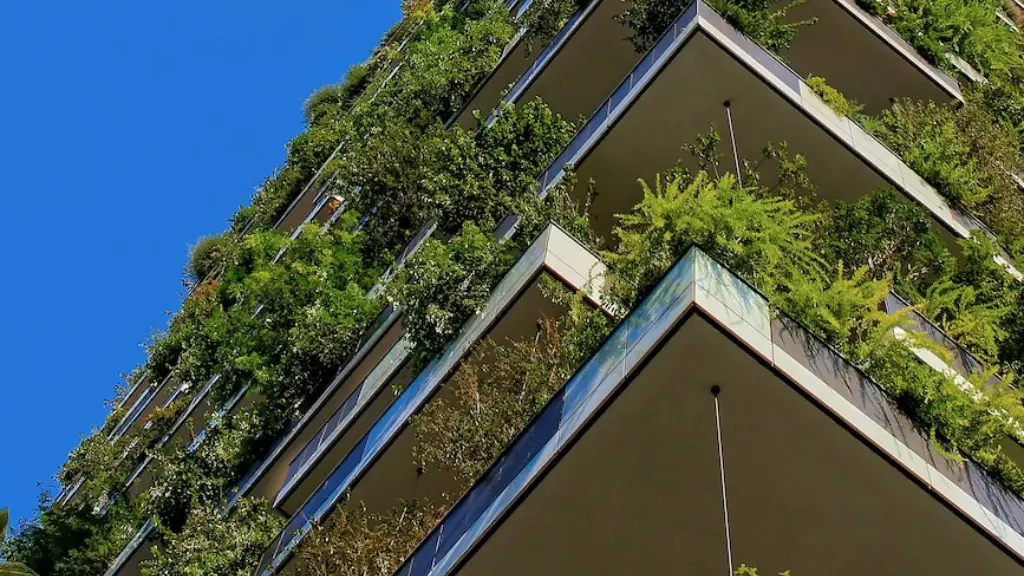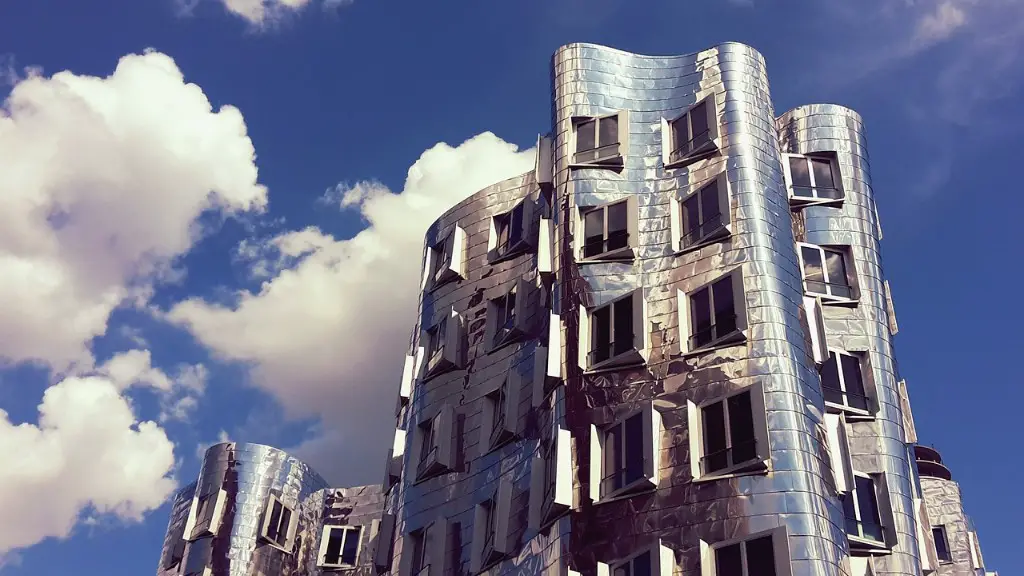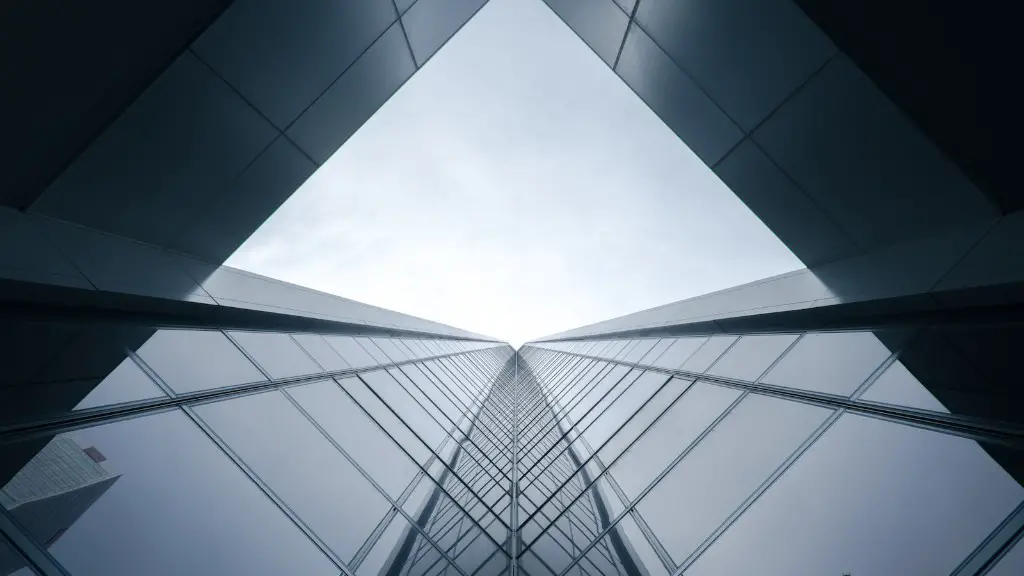Introduction
Humans have been using architecture to survive, live and build societies since pre-historic times with simple dwellings, huts and primitive settlements. Similarly, in the modern era, architecture continues to be a powerful tool in creating environments that affect the way people interact and live. This is further evidenced through urbanization, industrialization and globalization. The architecture we see today has come a long way since its beginning, evident in the intricate designs, materials, tools and technology used for them. Thus, understanding how small, how vast and how architecture grows helps us appreciate the important role it has played and continues to play in human development.
Technologies Used to Build Vast Structures
Architects have to take into account numerous factors when designing and constructing both small and large structures. For instance, the scale, materials, engineering and building technologies used to construct an office building or a skyscraper are quite different from those used to build a family home. Over the years, the use of advanced technologies such as CAD (computer-aided design), BIM (building information management) and 3D printing has enabled the industry to bring vast structures to life. Additionally, advances in robotics technology are enabling construction processes to become more efficient, faster and safer.
Sustainability in Modern Structures
As the world grapples with the effects of climate change, more and more architects are looking for ways to create sustainable, energy efficient structures. From using natural materials to implementing renewable energy systems, architects have made strides in ensuring their designs use resources responsibly. In addition, many modern buildings are designed to be adaptive and resilient in response to the changing environment, whether that be physical or digital. Architects are looking to use new materials, such as bamboo and recyclable plastics, to create structures that are both aesthetically pleasing and energy efficient.
The Impact of Architecture on Society
Architecture’s impact on society is far-reaching, as it can help promote economic development, create jobs and encourage tourism. By creating innovative structures, architects are able to create new experiences and bring people together to participate in activities. They can also provide people with a sense of safety and security, especially in areas where crime rates are high. Furthermore, the presence of well-designed and attractive structures can boost a city’s image, which in turn can attract more businesses and investors to the area.
Positive and Negative Impacts of Architecture
Though architecture helps improve the quality of life for many, there are also some negative effects. For example, tall buildings can cast shadows over nearby parks and public spaces, limiting the amount of natural light available. Additionally, complex and large structures can be costly to build, maintain and operate and can increase the difficulty of urban planning. Finally, some designs can lead to a feeling of alienation and disconnection, as modern, industrial designs have replaced the traditional and quaint architectural styles. Despite this, smartly-designed architecture can still create a sense of connection by adopting and celebrating traditional styles.
Architectural Masterpieces
Some of the greatest achievements in architecture come in the form of architectural masterpieces. These designs can stand for centuries to inform and educate future generations of the beauty and ingenuity of their craft. From the Taj Mahal, to the Colosseum in Rome, to the Great Pyramids of Giza, these structures showcase the remarkable creativity and imagination of their creators. Even in modern times, the Burj Khalifa has become a signature landmark, its appearance instantly identifying its home city.
Experimental Architecture
Architects are constantly pushing the boundaries of their profession, coming up with innovative and experimental designs that explore the technological and human aspects of architecture. For example, parametric architecture is an emerging trend that uses algorithms and complex calculations to create intricate designs that would have been impossible to achieve in the past. Additionally, the use of digital fabrication processes, such as 3D printing, is allowing the industry to explore new materials and forms to create unique structures.
Future of Architecture
As technology advances, the future of architecture is becoming ever more exciting. Scientists and engineers are exploring ways to build structures in extreme environments such as outer space, underwater and even in the sky. Architects are also experimenting with ways to build and design structures that are more sustainable, efficient and connected to their surroundings. In addition, AI and machine learning will continue to be integrated into the industry, with robots potentially replacing or assisting humans in construction projects.
Participatory Architecture
The strong connection between architecture and people is becoming increasingly important, with the concept of participatory architecture emerging. This type of architecture focuses on the community, understanding their needs and using their input to shape the design. Through participatory processes, architects and local stakeholders can work together to create structures that are both aesthetically pleasing and serve the needs of the community, such as public housing, libraries or community centers.
Conclusion
From humble beginnings, the architecture landscape has evolved drastically and continues to change with the times. From an understanding of how small, how vast and how architecture grows, one can appreciate the magnitude of its influence and its potential for creating more sustainable, efficient, beautiful and functional designs. By looking at the technologies and trends of today, one can envision the future possibilities of this dynamic field.


